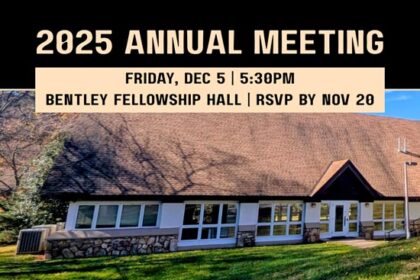This fall, much of the transmission of the coronavirus is happening across all age groups at small indoor gatherings.
Several recent studies have confirmed that indoor socializing at home carries a significantly higher risk of transmitting the coronavirus than outdoor activities.
Masks do a decent job at keeping the virus from spreading into the environment, but if an infected person is inside a building, inevitably some virus will escape into the air.
Prevent the spread of coronavirus indoors; improve ventilation by opening doors and windows.
The vast majority of COVID-19 transmission takes place indoors, most of it from the inhalation of airborne particles that contain the coronavirus. The best way to prevent the virus from spreading would be to simply keep infected people away. But this is hard because people may feel well and not have any symptoms, but they can still spread COVID-19 to others.
If you walk into a building and it feels hot, stuffy and crowded, chances are that there is not enough ventilation. Turn around and leave.
Many buildings in the U.S., especially schools, do not meet recommended ventilation rates. Thankfully, it can be pretty easy to get more outside air into a building. Keeping windows and doors open is a good start. Putting a box fan in a window blowing out can greatly increase air exchange too.
In buildings that don’t have operable windows, you can change the mechanical ventilation system to increase how much air it is pumping. But in any room, the more people inside, the faster the air should be replaced.
By paying attention to air circulation and filtration, improving them where you can and staying away from places where you can’t, you can add another powerful tool to your anti-coronavirus toolkit.
Research has also shown that people are most contagious a day or two before they show symptoms, so plan to get tested within 72 hours of your family gathering in order to get results beforehand.
No matter how careful you and your family are, there is some risk that someone will be infected. With that in mind, the goal is to reduce the conditions that lead to viral spread. Consider adjusting or limiting your holiday travel plans. Travel increases your chance of getting and spreading COVID-19.
During your trip, take steps to protect yourself and others from COVID-19:
- Wear a mask to keep your nose and mouth covered when in public settings, including on public transportation and in transportation hubs such as airports and stations.
- Avoid close contact by staying at least 6 feet apart (about 2 arms’ length) from anyone who is not from your household.
- Wash your hands often or use hand sanitizer (with at least 60% alcohol).
- Avoid contact with anyone who is sick.
- Avoid touching your eyes, nose, and mouth.
People who have been exposed to a person with COVID-19 should delay travel. You and your travel companions (including children) may spread COVID-19 to other people including your family, friends, and community for 14 days after you were exposed to the virus.
Staying home is the best way to protect yourself and others from COVID-19.
For more information, please visit covid19.ncdhhs.gov








